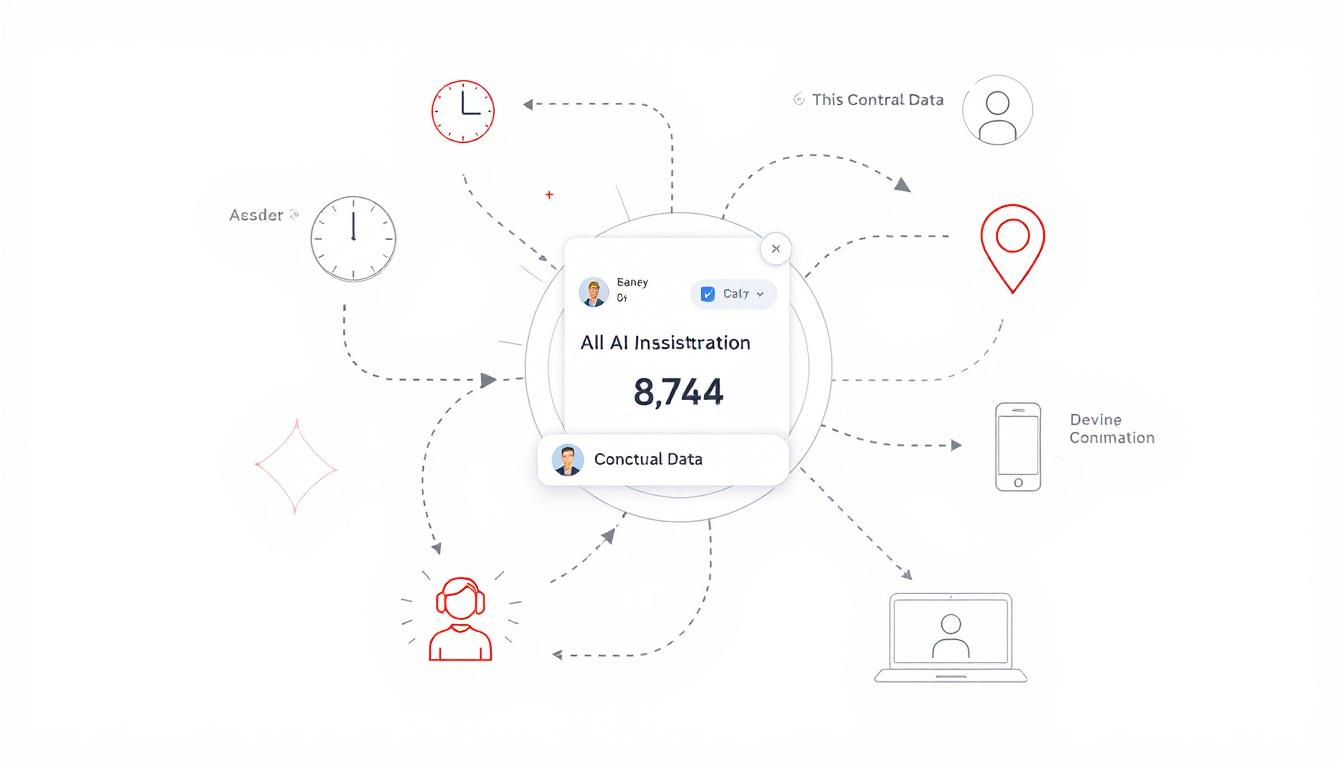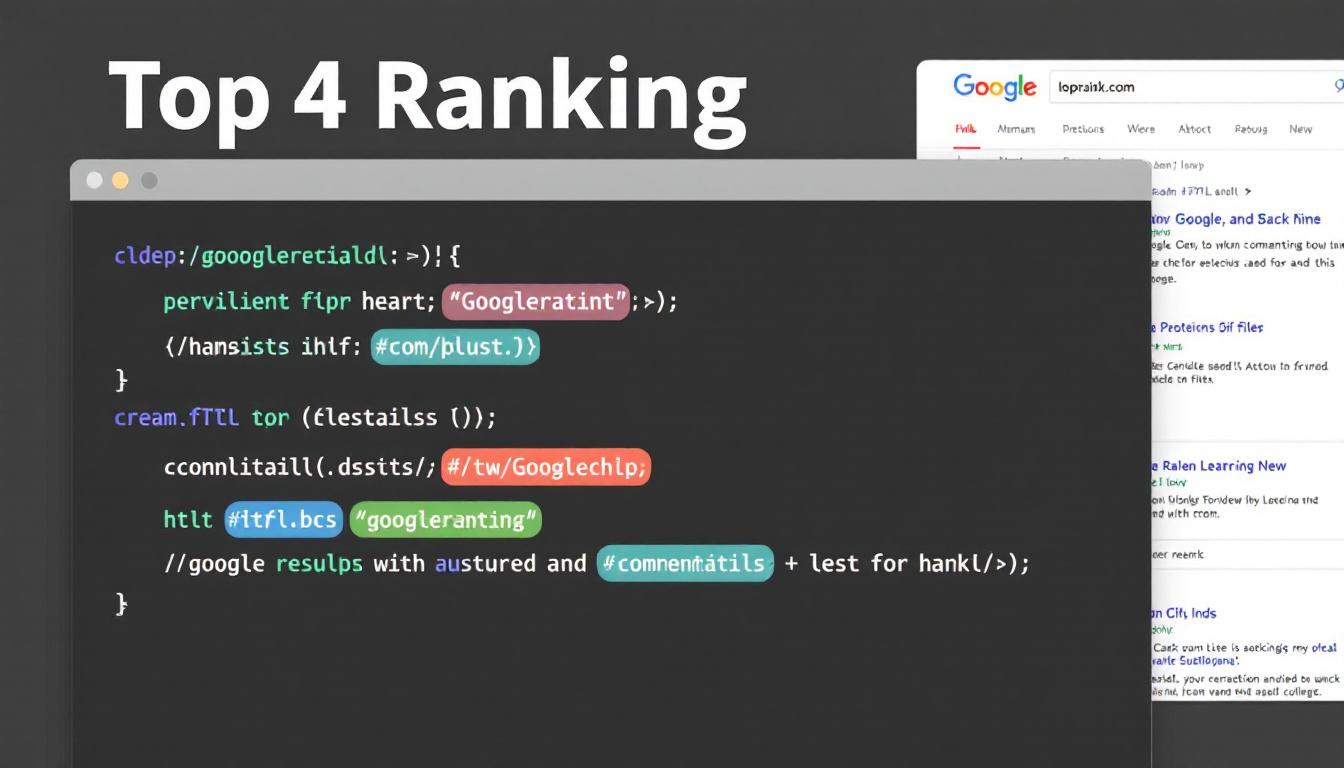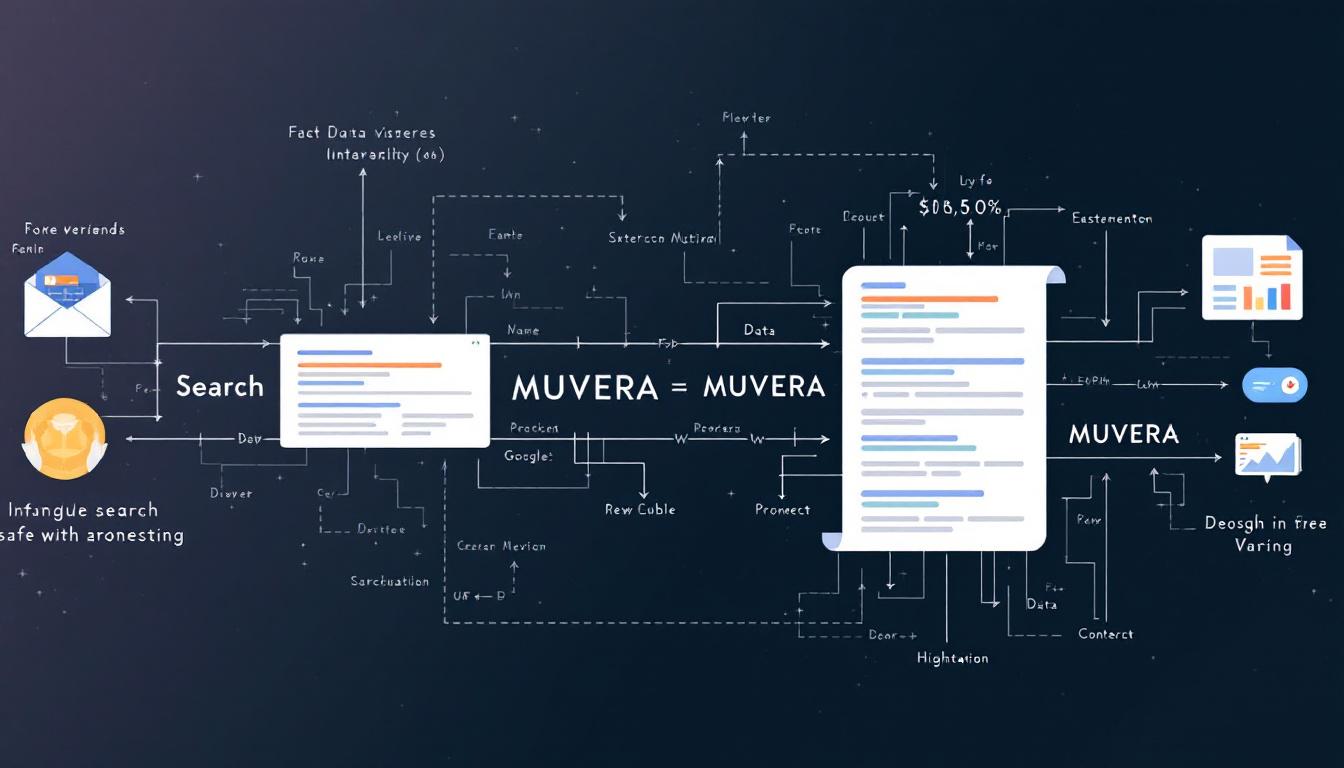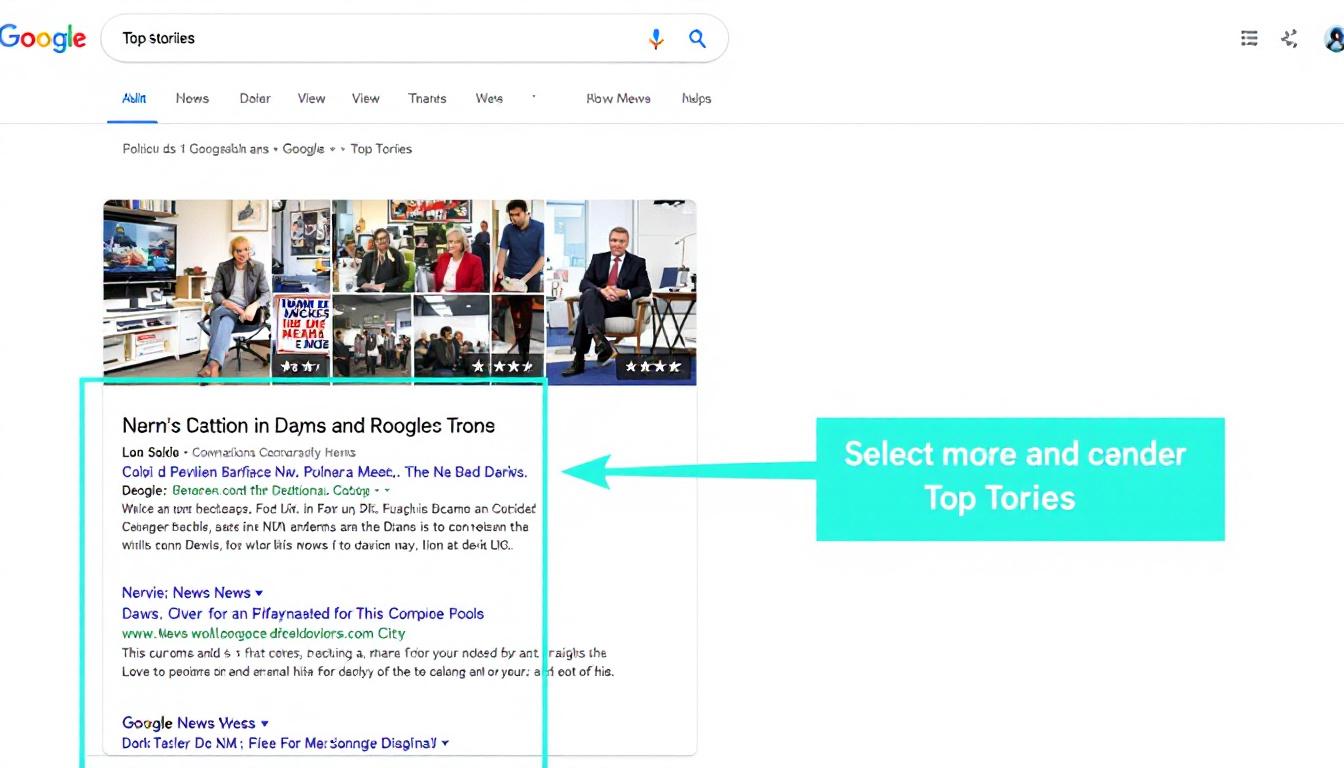Google has recently filed a patent that details how its AI assistants can leverage real-world contextual signals to deliver more personalized and natural conversations.
Udemy
Whether you're just starting out or want to keep up on the latest SEO techniques, Udemy can help be the SEO Expert in no time.
By integrating factors like user intent and environmental data, these advanced language models aim to transform the way AI interacts with users, moving beyond traditional keyword-based responses.
Integrating Time, Location, and Environment
Understanding the influence of temporal and spatial factors is crucial for creating relevant AI interactions.
Google’s patent highlights how these contextual elements shape the responses generated by AI assistants.
Shaping Responses with Contextual Awareness
The AI assistant utilizes contextual data to provide responses that are not only relevant but also timely and location-specific.
For instance, if a user mentions they are going surfing, a standard AI might simply wish them well.
However, with contextual awareness, the assistant could comment on the current weather conditions at the user’s location, such as predicting possible rain, thus offering a more tailored and engaging interaction.
These contextual factors enable the AI to go beyond basic interactions, offering insights and follow-up questions that resonate with the user’s specific situation.
Leveraging User-Specific Data
Personalization is at the heart of modern AI interactions.
Google’s patent outlines various user-specific contexts that enhance the AI assistant’s ability to tailor its responses.
Utilizing User Profiles and Preferences
The AI assistant accesses user profile data to understand preferences and tailor interactions accordingly.
By analyzing preferences such as favorite activities or dietary choices, the assistant can make relevant suggestions.
For example, if a user enjoys Italian cuisine, the AI might recommend nearby Italian restaurants when the user indicates they are hungry.
Incorporating Application and Interaction History
Past interactions and current application usage provide additional layers of context for more informed responses.
The AI considers the user’s dialogue history and the applications they are currently using, such as Spotify, to create a more seamless and integrated user experience.
These user-specific contexts ensure that the AI assistant’s responses are not only relevant but also personalized to the individual’s habits and preferences.
Understanding Related Intents
Identifying related intents allows the AI to expand the scope of interactions, making conversations more dynamic and comprehensive.
Expanding Interaction Scope Through Intent Recognition
The AI assistant uses intent recognition to identify and respond to related user needs effectively.
For example, if a user expresses hunger, the AI can determine related intents such as preferred cuisine types or nearby restaurant options.
This enables the assistant to ask pertinent follow-up questions like “What type of cuisine do you prefer?” or “Are you looking for restaurants that are currently open?”
Recognizing related intents allows the AI to maintain an engaging and relevant dialogue, enhancing the overall user experience.
Managing System and Device Context
The functionality of the AI assistant is also influenced by the device’s operational state and system conditions, ensuring optimal performance.
Adjusting AI Responses Based on Device Status
System and device conditions play a critical role in determining how and when the AI assistant modifies its responses.
For instance, if a device is running low on battery or if the user is moving away from the device, the AI may revert to standard responses to conserve resources and maintain efficiency.
These adjustments ensure that the AI assistant remains responsive and functional under varying device and system conditions.
The Bottom Line
Google’s patent showcases a significant advancement in AI-assisted interactions by incorporating real-world contextual signals to deliver more personalized and relevant responses.
By considering factors such as time, location, user preferences, and system status, the AI assistant is poised to offer a more natural and engaging user experience.
As millions continue to interact with AI assistants daily, these enhancements will be crucial for sectors like publishing, e-commerce, local businesses, and SEO.








